Popcorn, a snack synonymous with movie nights, carnivals, and casual gatherings, has captivated taste buds for centuries. But have you ever paused to wonder: What exactly is popcorn made of? At first glance, it appears deceptively simple—a puffed kernel of corn, light and airy, yet crunchy and satisfying. However, the science and history behind this treat reveal a fascinating blend of botanical ingenuity, culinary artistry, and cultural evolution. This article delves into the components of popcorn, exploring its origins, the chemistry of its transformation, and the myriad ways humans have elevated it from a humble grain to a global sensation.
The Corn Kernel: Nature’s Perfect Package
Popcorn begins its journey as a dried kernel of Zea mays everta, a special variety of corn distinct from the sweet corn eaten on the cob or the dent corn used for animal feed. What sets this cultivar apart is its unique ability to “pop” when exposed to heat. The kernel’s anatomy is a marvel of natural engineering, comprising three primary layers:
-
The Pericarp (Hull):
The outermost layer is a hard, moisture-resistant shell. Composed of cellulose and other polymers, it acts as a pressure vessel, trapping the steam generated during heating. This hull’s thickness and density are critical—too thin, and the kernel might not withstand the heat; too thick, and it could prevent the kernel from popping entirely.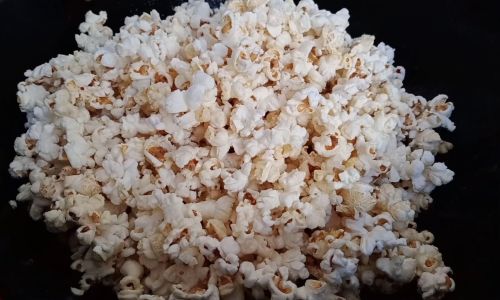
-
The Endosperm:
Beneath the hull lies the starchy endosperm, which constitutes the bulk of the kernel. This layer is rich in soft starch granules and a small amount of water (typically 13–14%). When heated, this moisture vaporizes, creating pressure that forces the hull to rupture. -
The Germ (Embryo):
The innermost layer is the germ, a tiny plant embryo dormant until conditions favor germination. In popcorn, the germ remains inactive but contributes to the kernel’s nutritional profile, including proteins, fats, and vitamins.
The interplay between these components is essential to the popping process. As heat penetrates the hull, the trapped water turns to steam, building pressure until the hull can no longer contain it. The result is an explosive transformation: the kernel flips inside out, and the starch gelatinizes, creating the fluffy white interior we recognize as popcorn.
The Popping Process: From Kernel to Crunch
The alchemy of turning a hard kernel into a edible snack hinges on heat and moisture. Three primary methods are used to pop corn:
-
Stovetop Popping:
The traditional method involves heating oil (e.g., coconut, canola, or sunflower) in a pan, adding kernels, and covering the pan to trap steam. As the oil reaches 400–460°F (204–238°C), the kernels pop, with the oil facilitating even heat distribution and adding flavor. -
Air Poppers:
Electric air poppers use hot air to cook kernels without oil, resulting in a lighter, lower-calorie snack. The hot air circulates around the kernels, dehydrating the hull and triggering the popping mechanism.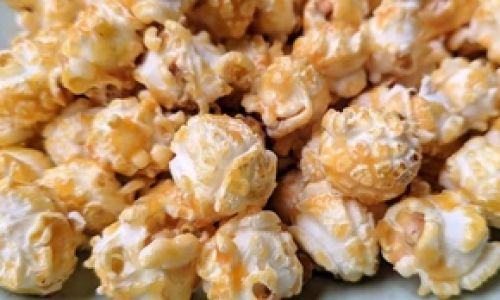
-
Microwave Popcorn:
A 20th-century innovation, microwave popcorn bags are lined with a suspension of oil, salt, and flavorings. The bag’s design includes a “susceptor” patch that absorbs microwave radiation, generating localized heat to pop the kernels.
Regardless of the method, the physics remain consistent: heat converts moisture to steam, pressure builds, and the hull fractures. The gelatinized starch solidifies into a foam, creating the snack’s signature texture.
Beyond Corn: The Role of Additives and Seasonings
While the kernel itself is the star, popcorn’s appeal lies in its versatility. Seasonings and coatings transform it from a blank canvas into a culinary masterpiece. Common additives include:
-
Oils and Fats:
Butter, coconut oil, or ghee are classic choices for stovetop popping, enhancing flavor and aiding in heat transfer. Microwave varieties often use partially hydrogenated oils for stability, though health-conscious brands now opt for non-GMO or avocado oils. -
Salt:
A universal seasoning, salt balances the starch’s natural sweetness. Fine-grain salts adhere better to the kernel’s surface, while flaky salts (e.g., Maldon) add texture. -
Sweeteners:
Caramel, chocolate, or powdered sugar create decadent variations. The caramelization process involves melting sugar with butter and cream, coating the popcorn in a glossy shell.
-
Spices and Herbs:
From chili powder and paprika to nutritional yeast and truffle salt, seasonings cater to global palates. Cheese-flavored popcorn (e.g., Cheddar) relies on powdered cheese blends, while spicy variants might include cayenne or wasabi. -
Artificial Flavors and Colors:
Commercial brands often use synthetic additives for shelf stability and vibrant hues. For example, “kettle corn” combines sugar and salt, while “movie theater” butter flavor mimics diacetyl, a compound found in real butter.
The Science of Flavor: Maillard Reaction and Aroma
The popping process does more than create texture—it unlocks flavor. As the kernel heats, the Maillard reaction occurs, a chemical reaction between amino acids and reducing sugars that produces brown pigments (melanoidins) and complex aromas. This reaction is why freshly popped corn smells irresistibly nutty and toasty.
Additionally, the rupture of the hull releases volatile compounds like furans, pyrazines, and aldehydes, contributing to the snack’s distinctive scent. These compounds vary based on the corn variety and cooking method, explaining why air-popped corn has a milder aroma than oil-popped corn.
Nutritional Profile: Guilt-Free Indulgence?
Popcorn’s reputation as a “healthy snack” stems from its status as a whole grain. A 3-cup serving (about 30 grams) of air-popped popcorn contains:
- Calories: 93
- Fat: 1 gram
- Fiber: 3.5 grams
- Protein: 3 grams
- Carbohydrates: 18 grams
The fiber content aids digestion, while polyphenols—antioxidants concentrated in the hull—may reduce inflammation. However, nutritional value hinges on preparation:

- Air-popped: Low in calories and fat, high in fiber.
- Oil-popped: Adds calories and saturated fat, depending on the oil.
- Buttered/caramelized: High in sugar, salt, and saturated fat.
Moderation is key. A single serving of movie theater butter popcorn can pack 1,200 calories and 60 grams of fat—far exceeding the nutritional benefits of plain popcorn.
Cultural Significance: From Aztec Ceremonies to Blockbuster Night
Popcorn’s history spans millennia. Archaeological evidence suggests ancient Peruvians popped corn 4,700 years ago, while Aztecs used popcorn in rituals and headdresses. European explorers encountered popcorn in the 16th century, but it gained global popularity in the 19th century through peddlers and traveling fairs.
The Great Depression cemented popcorn’s status as an affordable luxury. When other industries faltered, popcorn sales boomed—a trend that continued during World War II, when sugar rationing diverted resources from candy production. The 1950s association with television and movie theaters solidified its place in popular culture, with the average American now consuming 50 quarts annually.
Environmental Impact: Sustainability of a Global Snack
Corn cultivation raises environmental concerns, including water usage, pesticide runoff, and habitat loss. However, popcorn’s relatively low demand compared to livestock feed or biofuels makes it a lesser offender. Innovations like regenerative farming—which emphasizes soil health and biodiversity—could mitigate its footprint.
Packaging is another issue. Microwave bags, often lined with non-recyclable metals or plastics, contribute to landfill waste. Eco-conscious brands now offer compostable bags or encourage stovetop popping in reusable containers.
Health Considerations: Allergies, Intolerances, and Myths
Corn allergies are rare but possible, with symptoms ranging from hives to anaphylaxis. Cross-contamination in facilities processing wheat or soy is a concern for those with celiac disease, though pure popcorn is gluten-free.
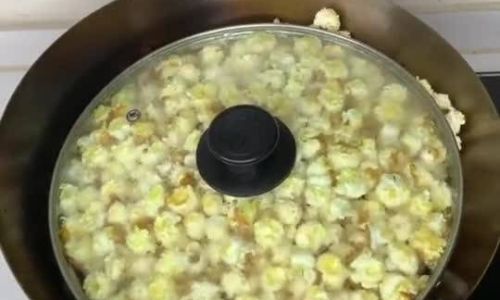
Myths persist about popcorn’s safety for pets. While small amounts are harmless, unpopped kernels pose choking risks, and seasonings like garlic or onion powder are toxic to dogs.
Innovations and Trends: From Gourmet to Organic
The popcorn industry thrives on creativity. Gourmet popcorn shops now offer exotic flavors like sriracha lime, maple bacon, and dill pickle. Vegan and keto-friendly options use coconut oil and erythritol sweeteners, while organic and non-GMO varieties cater to health-conscious consumers.
In Japan, “rice popcorn” made from glutinous rice gains traction, while in Mexico, palomitas de maíz (popcorn) is a street food staple, seasoned with lime, chili, and cheese.
Conclusion: The Humble Kernel’s Global Reign
Popcorn’s magic lies in its simplicity. A single ingredient—corn—transformed by heat into a vehicle for flavor, culture, and nostalgia. From its ancient origins to modern movie theaters, popcorn remains a testament to humanity’s ability to find joy in the mundane. Whether air-popped and lightly salted or drizzled in caramel, it is a snack that transcends borders, ages, and tastes.
As consumers grow more health-conscious and environmentally aware, the future of popcorn may hinge on sustainable farming, minimal processing, and creative seasonings. Yet, one thing is certain: the next time you hear the iconic pop echo through a darkened theater, you’ll appreciate the centuries of science, culture, and culinary craftsmanship packed into every fluffy kernel.
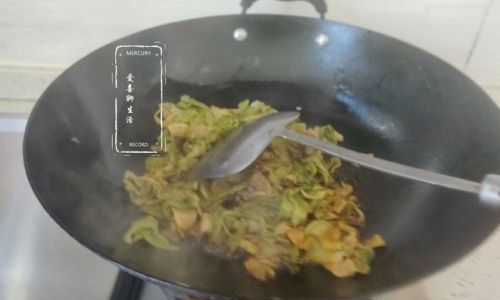
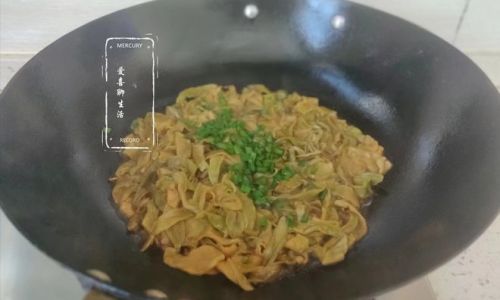
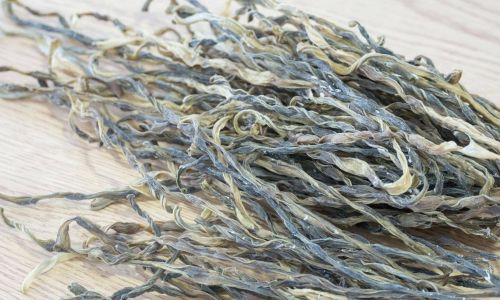
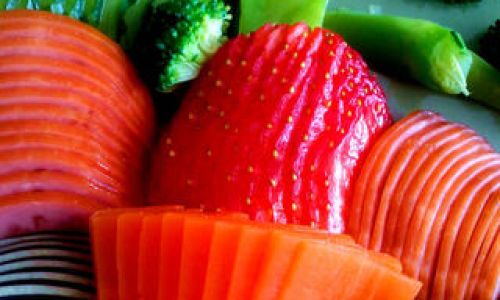
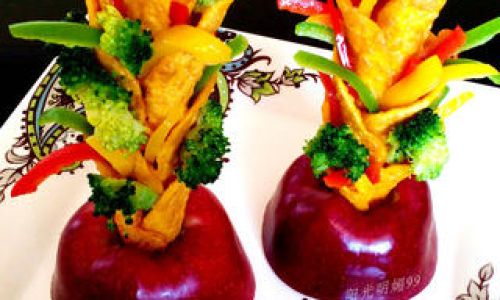
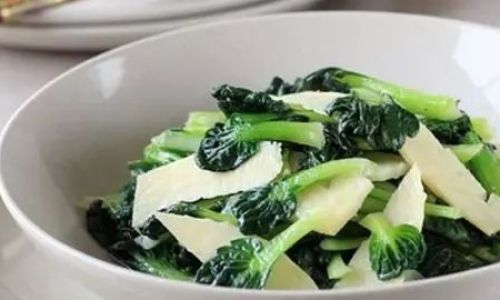
0 comments